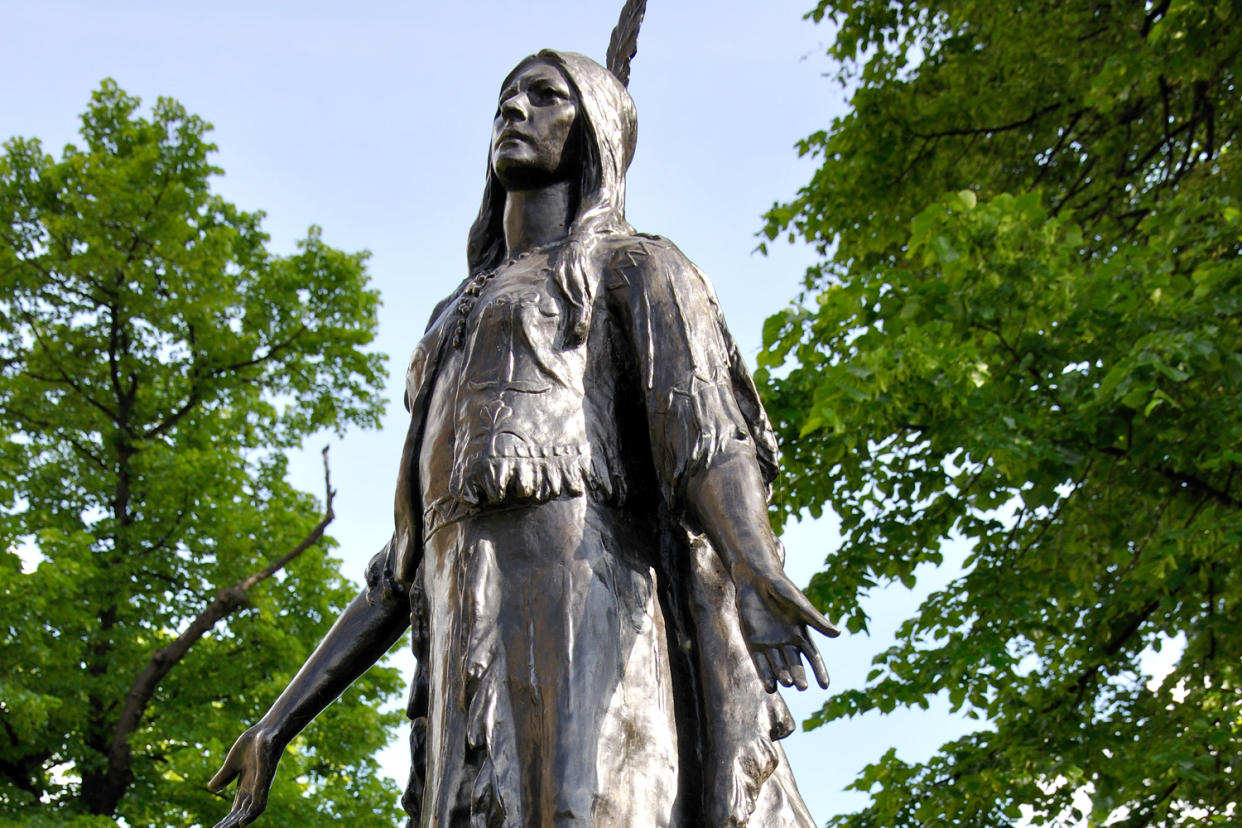Indigenous London: Native Travellers at the Heart of Empire by Coll Thrush - review

Salman Rushdie once noted, “the trouble with the English is that their history happened overseas, so they don’t know what it means”, without recognising that the English intuitively understand how deep are the roots of colonialism on British soil, and most particularly, in London. Between 1500 and 1600, when colonists first began heading overseas in numbers, the capital’s population grew so fast (from 75,000 to a whopping 225,000) that, as strange as it may appear now, colonising newly “discovered” lands seemed to be a reasonable solution to a housing crisis and the lack of decent sewers.
As Thrush points out in this sporadically illuminating study of the relationship between indigenes in North America and Australasia and the colonisers, the New World was only new to the incomers.
The colonisers quickly began kidnapping local people and taking them back to England, sometimes trying to buy children or killing their parents. Most of these early arrivals to our shores died rapidly of disease but as the relationships between coloniser and colonised became more deeply enmeshed, emissaries began to arrive in the capital with the intention of bettering terms with the colonists.
Among the most well known of these was the 1616 Powhatan diplomatic mission, which brought Pocahontas to the capital. The elaborate headdresses and feathered finery of this and other subsequent missions, which were emblems of ancestry and authority to the indigenes, were treated as exotic trinkets, an irony deftly captured by the artist George Verelst in his 1734 painting of Yamacraw Indians glad-handing the frock-coated, powdered, bewigged trustees of the Georgia Company.
British attitudes to the newcomers remained wildly inconsistent. While a law of 1785 was enacted to prevent the kidnap of free Indians for purposes of display, the writer Horace Walpole was using “Iroquois” as a term of abuse against (inevitably) the French. “Judged solely by the ways they engaged with the rituals and protocols of the city,” writes Thrush, indigenous delegations were unable to escape public condescension and, in face of the insuperable power imbalance, they rarely returned to their homelands bearing concessions.
Later visitors soon realised they could work the Victorian cult of manners to their advantage. By imitating Christian piety, adopting Victorian dress and behaving like “ladies and gentlemen” they would be accorded respect. And by flouting etiquette they could make money as “noble savages”.
For all its admirable ambition this is an uneven history. Thrush doesn’t address the use of the word “Indian” or, indeed, define “indigenous”, and fails to tackle the conceptual differences in ideas about land ownership and usage which, more than anything except perhaps technology and disease, have defined power relations between the colonisers and the indigenous people in the lands they colonised.
£22.50, Amazon, Buy it now

 Yahoo News
Yahoo News 
